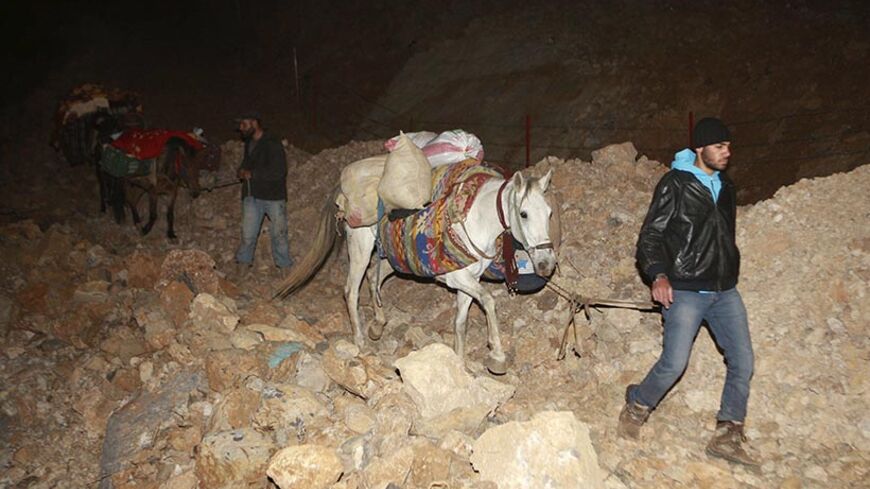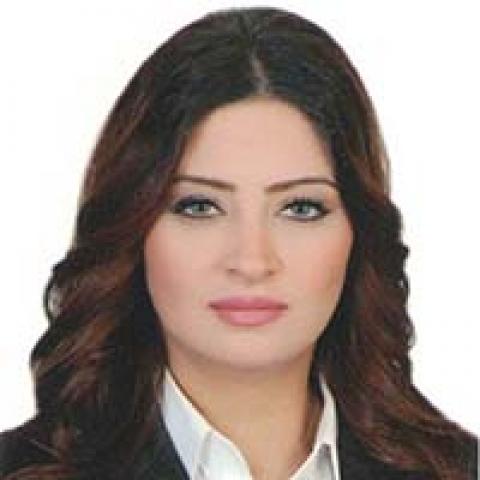Lebanese security forces have their eyes on the south, in particular on Arqoub, a region on the Lebanese-Syrian border that includes the villages of Shebaa, Kfar Shuba, Hebarieh, Kfar Hamam and Rashaya al-Foukhar. The area is demographically and geographically distinct. It has a Sunni Muslim majority, but also includes several Shiite villages (among them Khiyam), Christian areas (including Rashaya al-Foukhar, Marjeyoun, Klayaa and Burj al-Moulouk) as well as Druze settlements (for example, Almari, Hasbaya and Fraidiss). The Golan Heights run along the Syrian side of the border adjacent to the region.
The biggest town in Arqoub is Shebaa, along the Lebanese-Syrian-Israeli border. Lebanon considers Shebaa Farms to still be occupied by Israel, but the United Nations holds that Shebaa Farms is Syrian territory. Kfar Shuba is also disputed territory.



